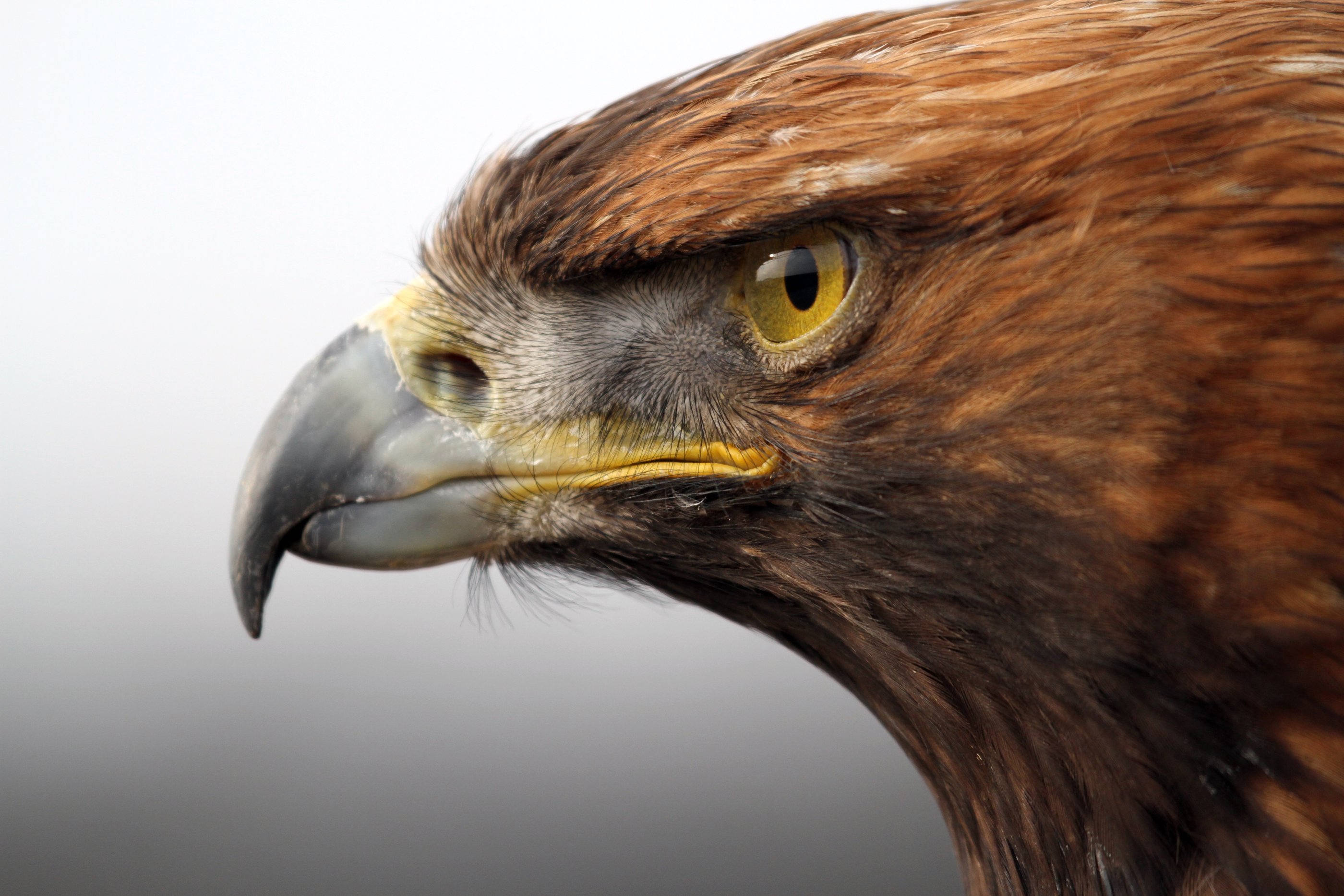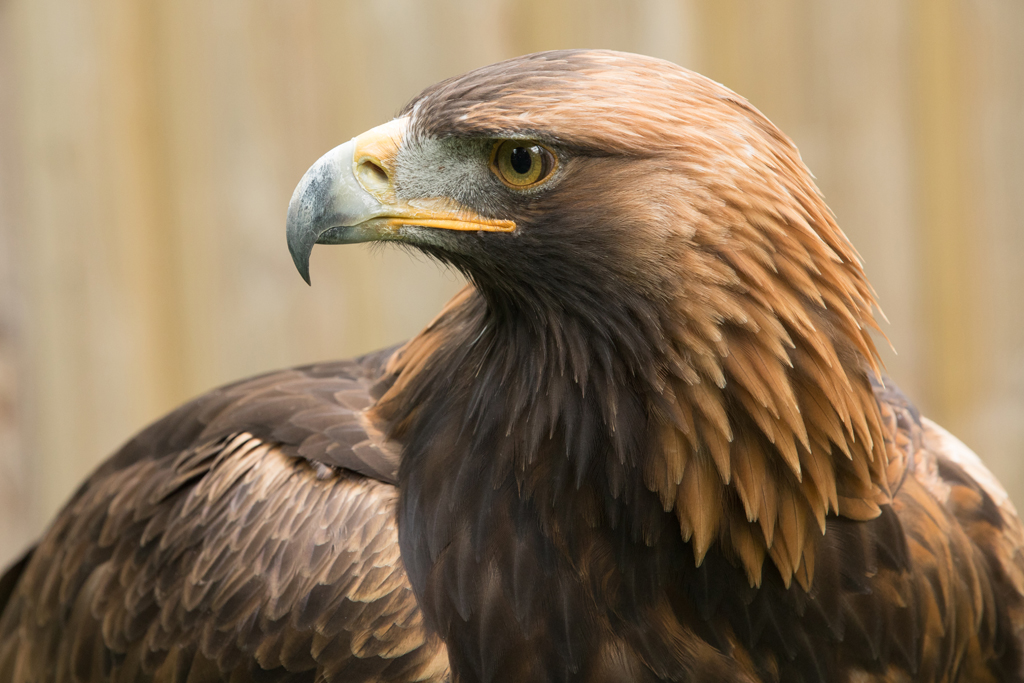


The next time you see a dark brown eagle, begin by picking on tail coloration patterns and the extent of white mottling on the body. Both species are more likely to be seen together at carcasses. The bald and golden eagles are unlikely to be seen together in their respective habitats, which should be a good starting point in telling juvenile golden and bald eagles apart. In what is now a successful conservation story, the bald eagle is regaining its former population numbers and continues to recover to the point that it is now fairly common in certain areas. The golden eagle was not as affected by DDT because its prey base feeds on grass and was not affected by DDT. The bald eagle was on the brink of extinction due to DDT’s widespread use. Final Remarksĭuring the early 1970s, seeing a bald eagle was a rare event. The bald eagle can be seen alone, in pairs, or in large concentrations around sources of food. The bald eagle belongs to the group of fish-eating eagles and feeds mostly on fish and, to a lesser extent, on small waterfowl. Juvenile bald eagles wear their juvenile plumage for about six months after leaving the nest. On the other hand, a juvenile bald eagle experiences dramatic changes in plumage, beak, and eye colors starting at the beginning of the second year after fledging. The golden eagle’s head appearance experiences minor changes between the juvenile and immature stages.

The head of a juvenile and immature golden eagle is similar to that of a juvenile bald eagle. Golden and bald eagles have different patterns of head plumage as they develop Other than the size difference, there is no discernible difference in plumage between sexes as juvenile, immature, and adult birds. The juvenile plumage is worn for less than a year before the eaglet starts replacing it for the first of several immature or subadult plumages.Īn immature, also known as a subadult eagle, is a bird older than a year that no longer wears a juvenile plumage.įemale eagles are larger than males. The term juvenile refers to an eagle (or any bird) in its first plumage, or the plumage eaglets leave the nest with. Familiarizing yourself with these young eagles’ appearance should enable you to quickly tell them apart and positively identify them the next time you see one. This article lists similarities and differences between juvenile and immature golden and bald eagles. In contrast, the bald Eagle goes through several different plumages before acquiring the familiar adult plumage. The golden eagle goes through relatively similar plumages before reaching the adult plumage. However, both eagles’ juvenile and immature plumages are similar, which causes some confusion.īoth eagle species take four and a half to five years to acquire adult plumage. Even easier to recognize is the dark brown body with the white head and tail of the adult bald eagle. The uniform dark brown plumage of a large raptor identifies it as an adult golden eagle. Golden and bald eagles have relatively easy-to-distinguish plumages. Both eagles are the national bird of Mexico and the United States of America, respectively. The golden eagle ( Aquila chrysaetos) and the bald eagle ( Haliaeetus leucocephalus) are among the largest and most emblematic North American raptors.


 0 kommentar(er)
0 kommentar(er)
